
Website audits are essential for SEO. After conducting a proper and thorough audit of a website, we can identify SEO issues and determine where to focus our efforts. In this video, I will guide you step by step through the process of auditing websites for SEO.
What to audit for seo?
SEO Categories and Common Issues
SEO Categories | Status | Your Project |
Accessibility/Findability Issues | ||
Indexation Status | Google Index 2060 | |
Robots.txt | X | Your website does not have robots.txt |
HTML Sitemap | X | Your website does not have HTML Sitemap |
XML Sitemap | X | Your website does not have XML Sitemap |
Custom 404 Page | √ | Great, Your website has custom 404 page |
“On Page SEO” Checks | ||
http & https check | X | Your website is not secured |
www. & non www version check | √ | Your website is in both version |
Meta Title | ! | Your website’s meta title need to optimize |
Missing Meta Title | X | 50 pages have missing meta title |
Duplicate Meta Title | X | 40 pages have duplicate meta title |
Meta Description | ! | Your website need to optimize |
Missing Meta Description | X | 5 pages have missing meta description |
Duplicate Meta Description | X | 4 pages have missing meta description |
Heading/Sub-headings | ! | Your website headings need to optimize |
Missing Heading (H1) | X | 7 pages have missing H1 |
Multiple Heading (H1) | X | 11 pages have multiple H1 |
Image ALT Tags | X | 2 images have missing Alt tag |
Editorial Strength | ||
URL Analysis | ||
URL Delimiter Check | √ | Well Done, Your website does not have URL Delimeter |
URL Friendliness | √ | Wow, All pages are URL Friendly |
Keyword In Your URL | ||
Use Short URLs | ||
Absolute vs. Relative URLs | ||
Architecture Checks | ||
Check for Breadcrumbs | X | |
Top Level Navigation (TLN) Analysis | X | |
Footer Analysis | X | |
Site Depth Check | ||
Link Issues | ||
Broken Links | X | 70 broken links found |
Broken Images | X | 50 broken Image found |
Logo Link | ||
Anchor text links | ||
Use of No Follow Links | ||
Malicious Links | ||
Schema Markup | ||
Use of Structured Data Markup | X | You do not have Structured Data Markup |
Content Optimization | ||
Duplicate Content | X | 7+ pages have duplicate content |
Key Content Location | X | |
Rich Semantic Content (NOT thin) | X | |
LSI Keyword in Content | X | |
Keyword Stuffing in the content | ||
Site’s Loading Speed | ||
Google PageSpeed Insights (desktop) | √ | Good in desktop version (Score=98) – Link |
Google PageSpeed Insights (mobile) | ! | Average in mobile version (Score=56) – Link |
Mobile-Friendly | ||
Mobile-Friendly website | √ | Great, Your website is mobile friendly |
√ | Ok |
X | Not Ok |
! | Need To Optimize |
Note: Do not change what is okay. What is not okay should be changed. The optimize symbol must also be updated.
Which tool will be best to find out these SEO issues?
How to do an audit by using Screaming Frog?
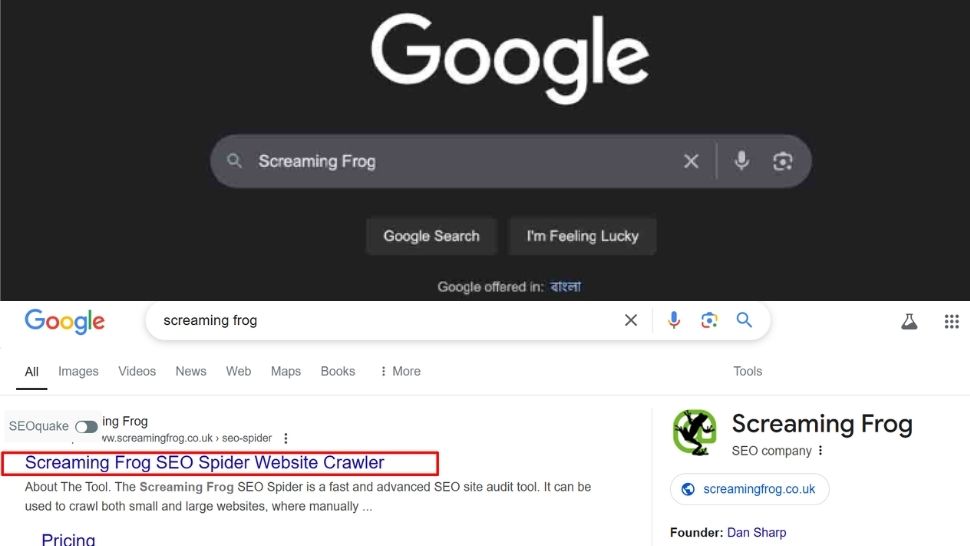
First, search for Screaming Frog on Google, and you will find the Screaming Frog website. Click on the website and proceed to download. You will see two options: Mac or Windows. Please choose the option that matches your device, download Screaming Frog, and install it.
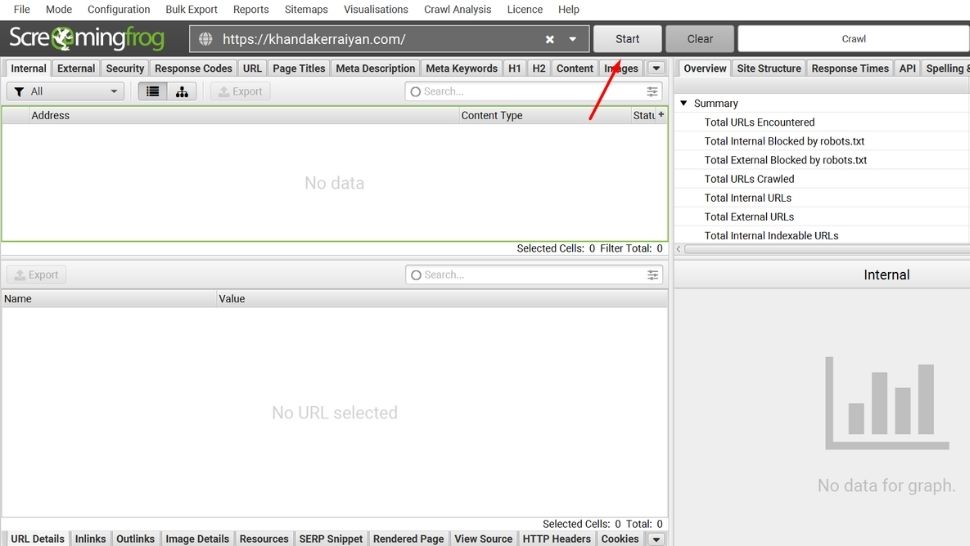
After installing, open the tool. Paste your website URL into the search bar and click ‘Start.’ It will take a few minutes to crawl your website. Once the crawling is complete, the tool will display your website’s issues. You can review these issues to identify the problems found on your website.
How to check the website page Speed
One of the most critical factors for SEO is website speed. Page speed is a key component of technical SEO. If your website is slow, your audience may become frustrated, negatively impacting your search rankings. Therefore, it is essential to check the page speed as part of the audit. To do this, you can use PageSpeed Insights. Search for ‘PageSpeed Insights’ on Google and click the first link.
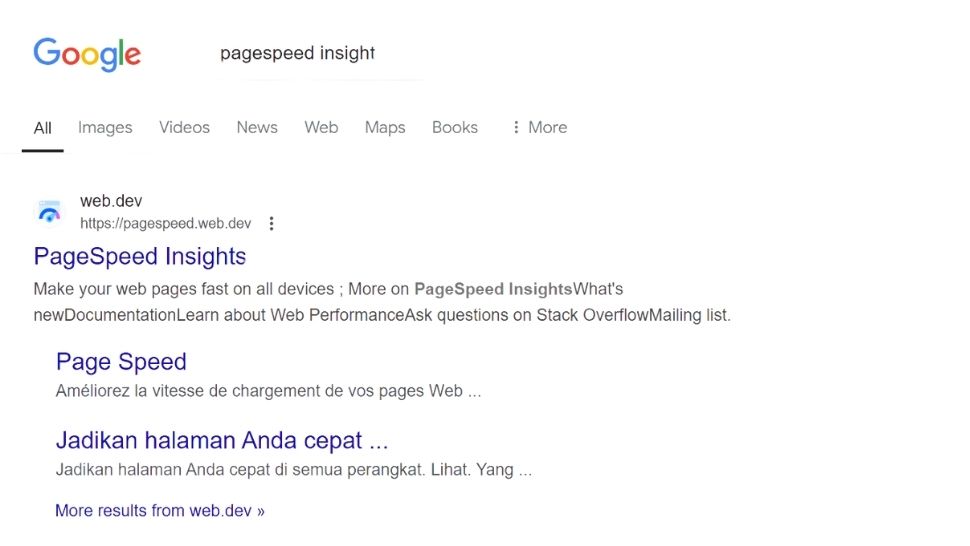
These tools are owned by Google, which means the results you get are authentic and should be addressed. Here, you can check your website’s mobile and desktop versions. Additionally, you can review the Core Web Vitals Assessment for your website. To check this, paste your website URL and click ‘Analyze.’
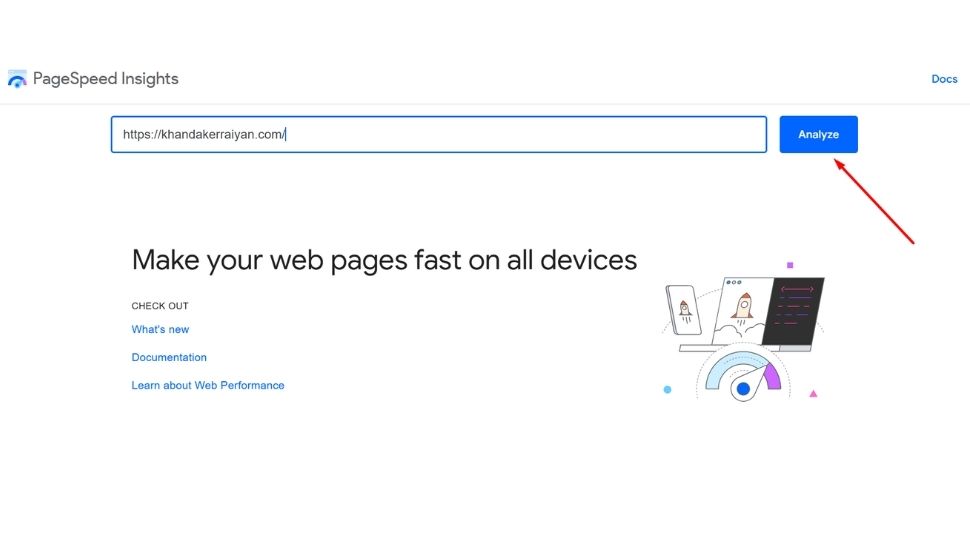
These page speed metrics are divided into three categories: red, yellow, and green.
- Green (90 to 100): This indicates your website speed is excellent and does not require any improvements.
- Yellow (51 to 89): This shows your website speed is good but could be improved further.
- Red (1 to 49): This indicates your website speed is poor and needs significant optimization.
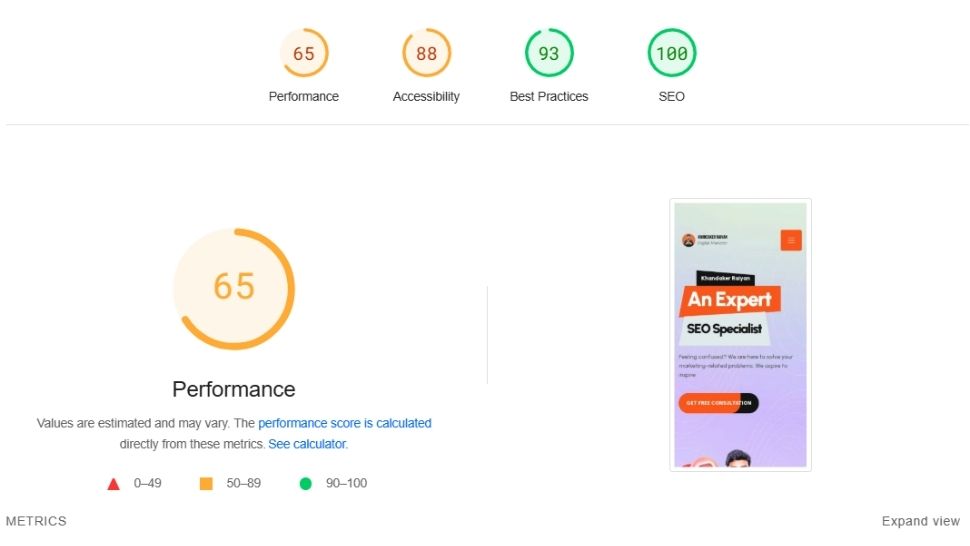
Need to schema markup of your website
This is also a technical aspect of SEO. You must ensure your website’s schema markup is appropriately set up. Check if schema markup is implemented on your website and whether Breadcrumbs structured data issues exist. If such problems exist, they must be fixed. To check this, search for ‘schema markup testing tool’ on Google and click the first link.
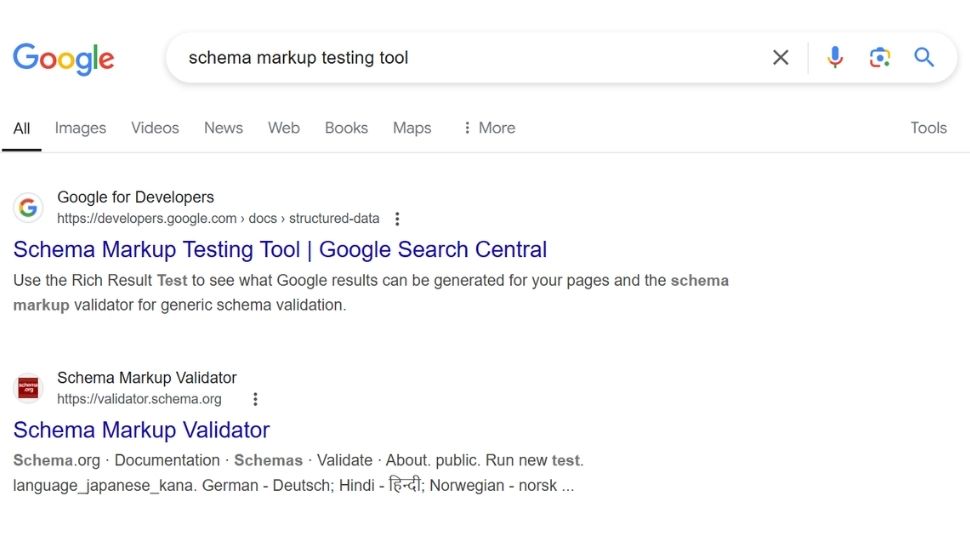
You will then see two options. Select the ‘Rich Result Test,’ paste your URL, and click ‘Test URL.’ The tool will analyze your website, and you will receive the results.
Check your website Content plagiarism
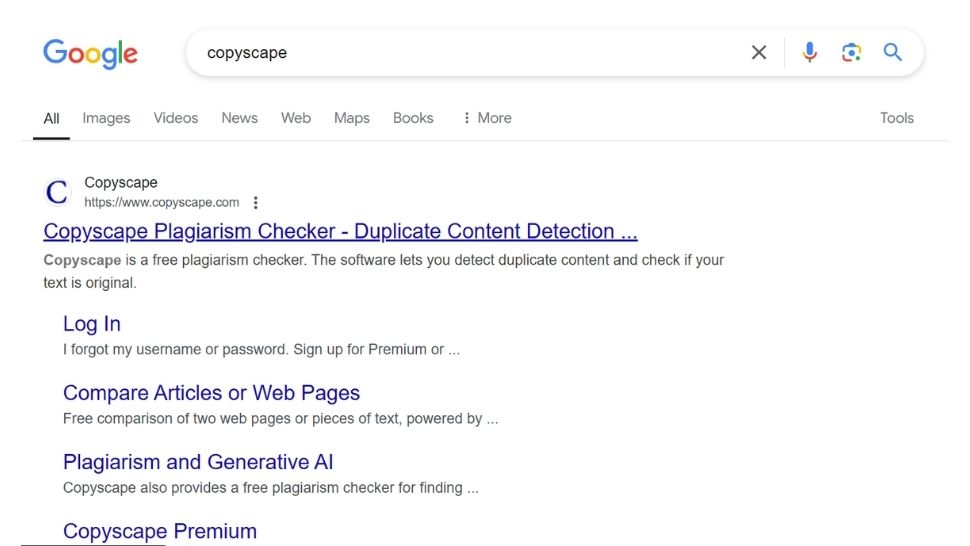
Another essential part of the audit is to check for plagiarism in the website’s content. You can use a free tool to do this. Search for ‘Copyscape’ on Google and click the first website link.
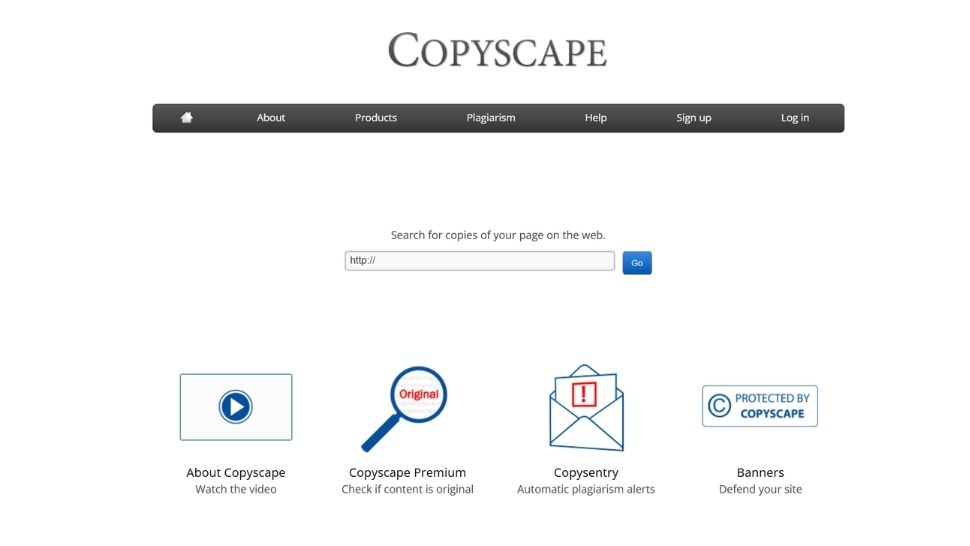
Conclusion
The above discussion explains how to conduct an in-depth SEO audit. By following the instructions I have provided, especially the steps outlined in the table, you can identify all the SEO issues on your website.
If you liked my blog and found it helpful, please share it on your timeline. Your support will motivate and inspire me to create even better content.







